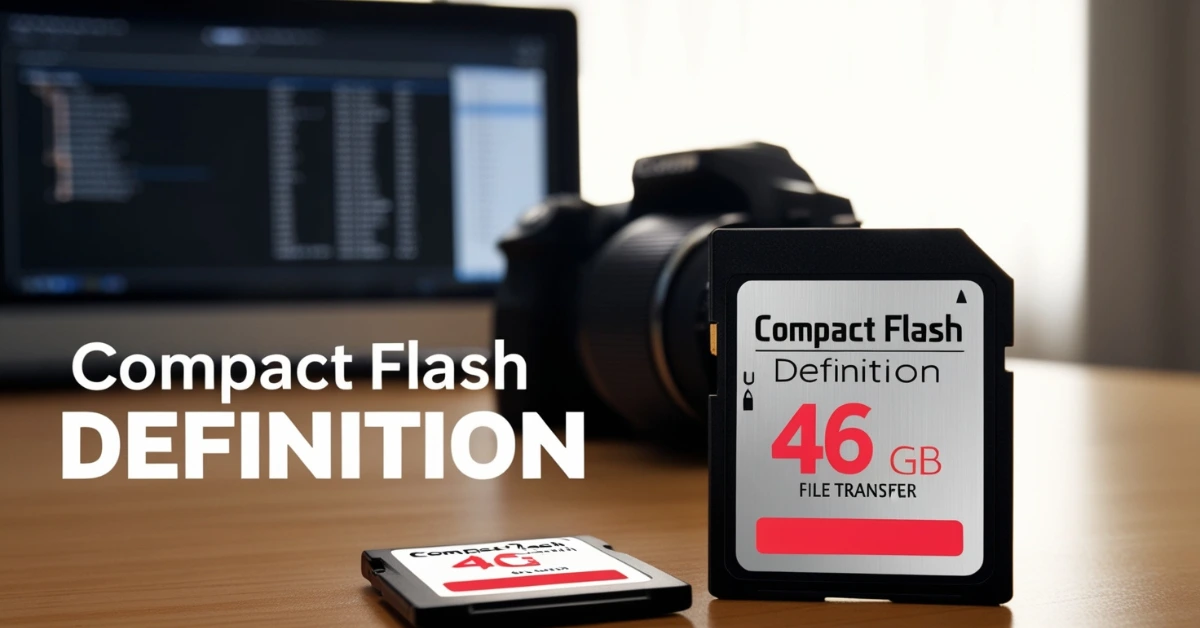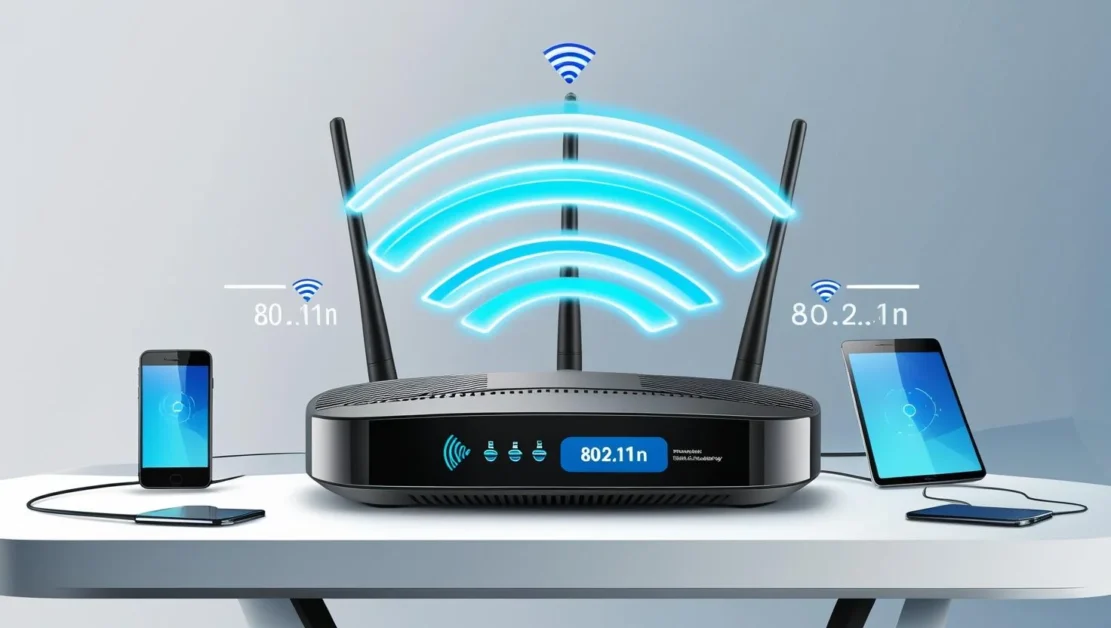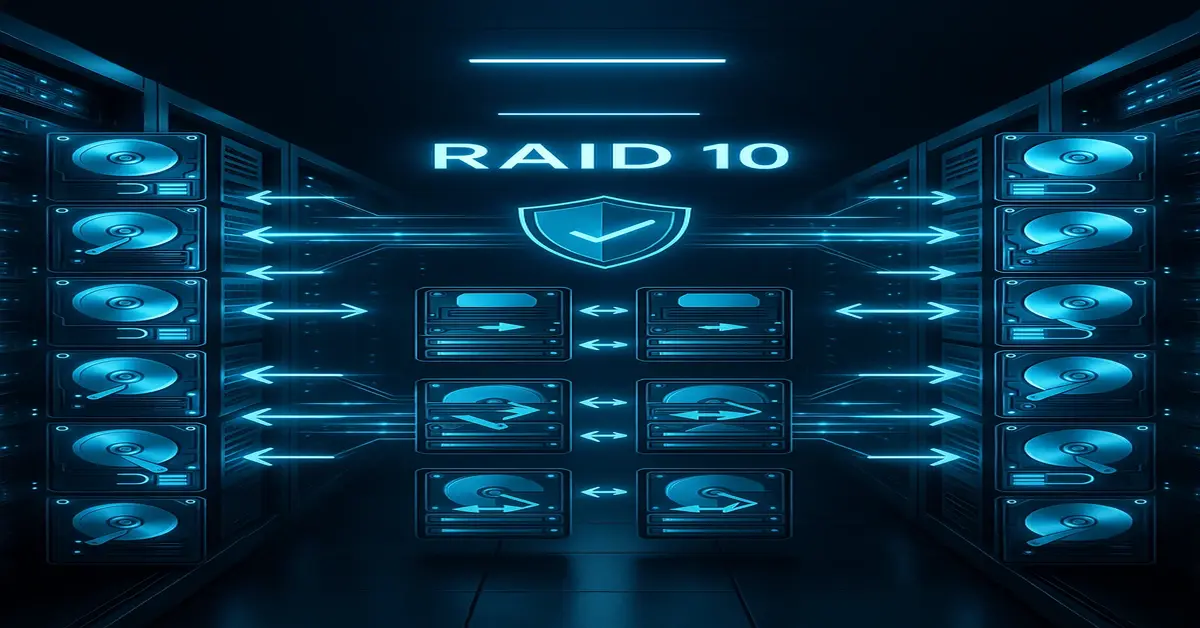When discussing memory cards for cameras or storage devices, one commonly mentioned type is the Compact Flash (CF) card. Although newer memory card formats such as SD and microSD are more prevalent today, Compact Flash cards have played a significant role in the history and development of digital storage.
What is Compact Flash Definition?
Compact Flash is a type of memory card used to store data such as photos, videos and files. It was first introduced by SanDisk in 1994 and quickly became popular among photographers and professionals because of its large storage capacity and fast data transfer speed.
History of Compact Flash Cards
Compact Flash cards were introduced in 1994 by SanDisk as one of the earliest forms of solid state memory storage. They were designed for use in digital cameras, which were also becoming popular at the time. Thanks to their larger size, rugged build and reliability, CF cards became the top choice for professional photographers throughout the late 1990s and early 2000s.
How Does Compact Flash Work?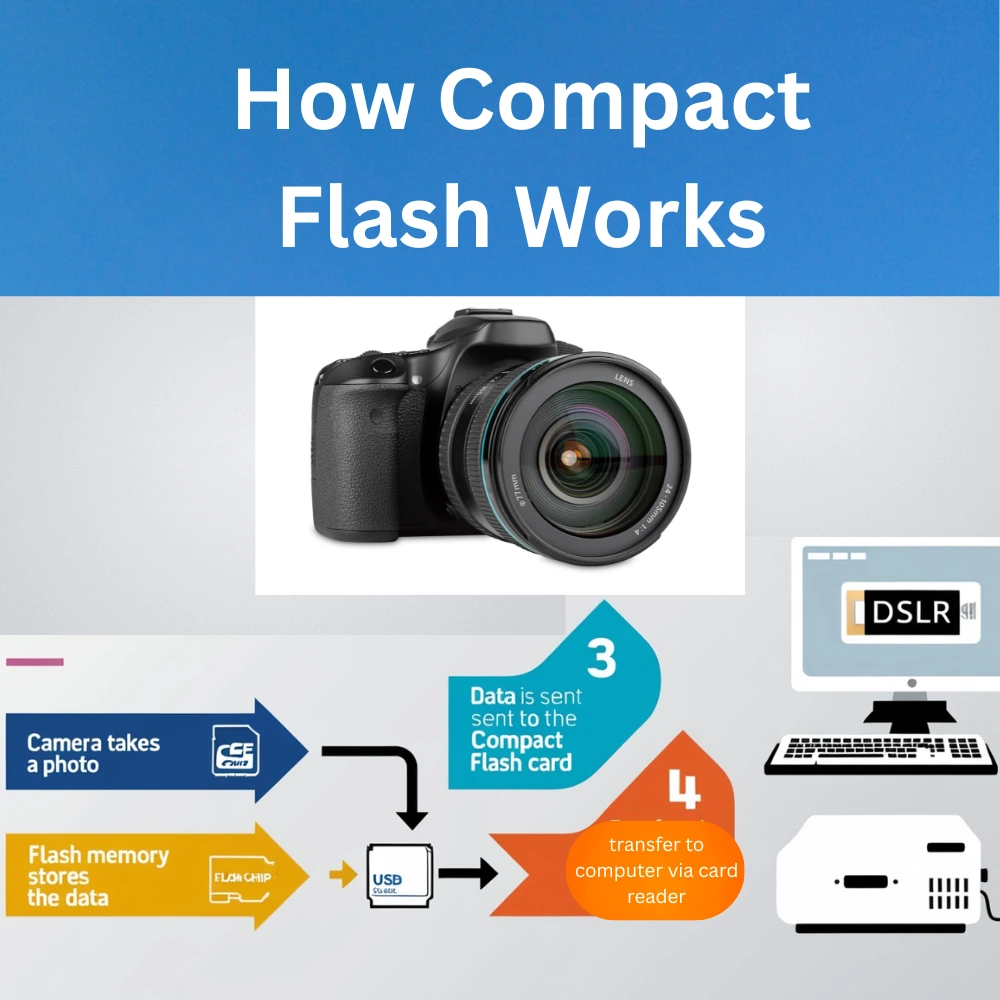
Compact Flash cards use flash memory chips to store digital data. When you take a picture with a camera that supports CF cards, the data from the camera is saved directly onto the card. The stored data can later be transferred to a computer or another device using a card reader or directly through a camera’s USB port.
These cards communicate with devices using an interface called Parallel ATA (PATA), which allows fast data exchange. Some newer versions also support UDMA (Ultra Direct Memory Access), which makes data transfer even faster.
Benefit of Compact Flash Definition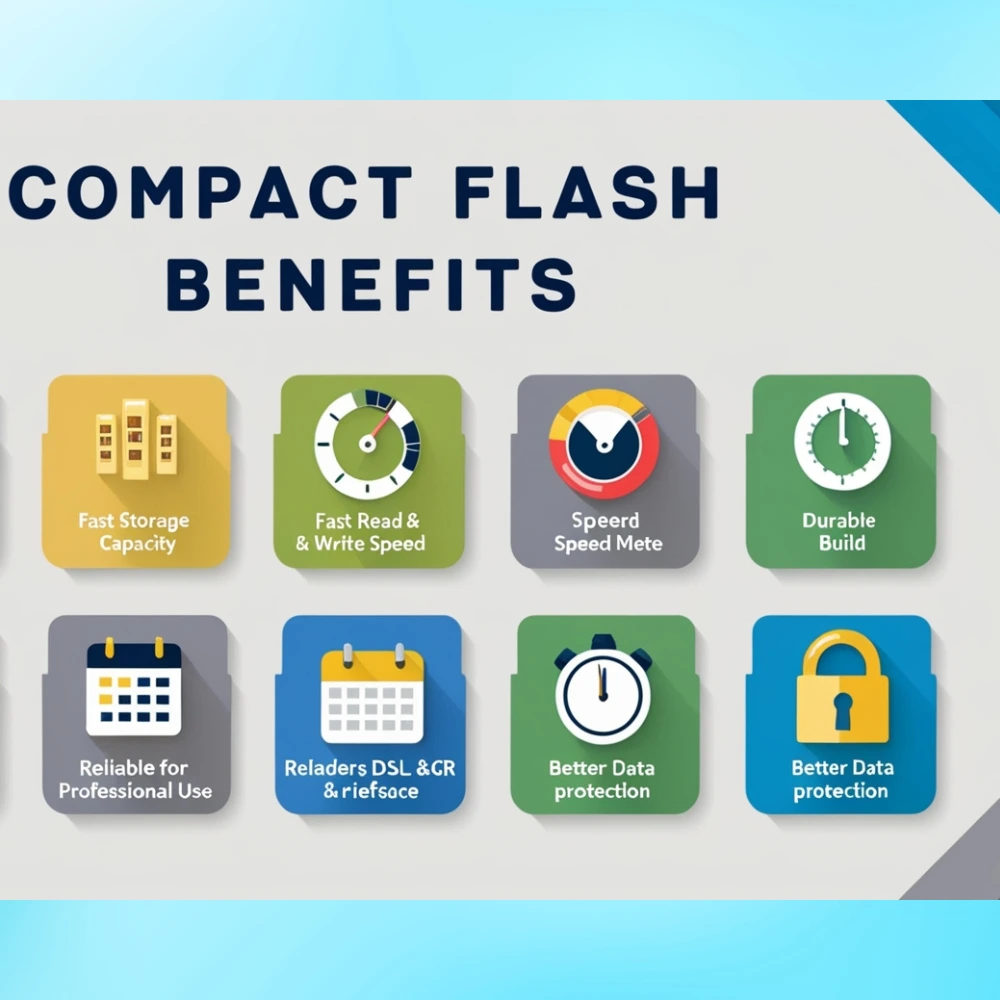
Here are some of the main features that make Compact Flash cards unique:
- High Storage Capacity: Compact Flash cards are available in sizes ranging from a few megabytes to several gigabytes (and even up to 512GB in newer models).
- Fast Read and Write Speeds: Professional grade CF cards can read and write data at very high speeds, which is useful for high resolution photography and video recording.
- Durability: These cards are built with a sturdy plastic case and are less likely to be damaged compared to thinner cards like SD cards.
- Long Lifespan: Compact Flash cards can handle many read or write cycles before they wear out.
- Compatibility with Professional Devices: High end DSLR cameras and video recorders often support Compact Flash due to their reliability and speed.
Technical Specs of Compact Flash Definition
Understanding the technical side helps you choose the right card. Some of the most important Compact Flash specifications include:
- Interface: Uses Parallel ATA (PATA)
- Speed Ratings: UDMA 0–7 for high-speed data transfer
- Capacity Range: 128MB to 512GB
- Form Factor: Type I (3.3mm thick) or Type II (5mm thick)
- Voltage: Typically 3.3V or 5V
- Operating Temperature: 0°C to 70°C (for standard cards)
These specs matter most when you’re using high end equipment or recording in RAW format or 4K video.
Types of Compact Flash Card
There are two main types of CF cards:
- Type I Compact Flash
These are 3.3 mm thick and are the more common type. They fit in most devices that accept CF cards. - Type II Compact Flash
These are 5 mm thick and can include special memory cards or microdrives. However, not all CF devices support Type II cards.
Common Uses of Compact Flash Definition
Compact Flash cards have been used in a variety of devices. Their common uses include:
- Digital Cameras: Especially professional DSLR cameras used by photographers and videographers.
- Video Recorders: Used for recording high-definition video in studio settings or film production.
- Industrial Devices: Some machines use CF cards for storing data or software.
- Medical Equipment: Certain imaging tools and medical devices rely on CF cards for data saving.
Compact Flash Definition vs SD Cards
One of the biggest questions is how Compact Flash compares to Secure Digital (SD) cards, which are more commonly used today.
| Feature | Compact Flash | SD Card |
| Size | Larger and thicker | Smaller and thinner |
| Speed | Generally faster (older models slower) | Modern SD cards are very fast |
| Durability | More durable casing | More prone to breakage |
| Popularity | Used in pro equipment | Common in everyday devices |
| Cost | Usually more expensive | More affordable |
| Capacity | Up t 512GB or more | Up to 1TB or more |
What to Consider When Buying a Compact Flash Card
If you’re planning to buy a CF card for your camera or device, here are some tips to consider:
- Check Compatibility: Make sure your device supports Compact Flash and the specific type (Type I or II).
- Look at Speed Ratings: Choose cards with higher read or write speeds especially if you’re recording videos or shooting in burst mode.
- Pick the Right Capacity: Get enough space to avoid switching cards often especially during long shoots.
- Buy from Trusted Brands: SanDisk, Lexar and Transcend are some of the most reliable brands.
- Check Reviews: Read user reviews to see how the card performs in real world situations.
Are Compact Flash Cards Definition Obsolete?
Not completely. While they are not as commonly used in consumer devices, they are still very relevant in professional equipment. Newer memory card formats like CFast and CFexpress have also entered the market, offering even faster speeds and better performance but Compact Flash remains supported by many existing devices.
How to Transfer Files from a Compact Flash Card?
Transferring files from a Compact Flash card is simple. Here’s a quick guide:
- Insert the CF card into a CF compatible card reader.
- Connect the reader to your computer via USB.
- Wait for the computer to recognize the device.
- Open the file folder then copy and paste your files to your desired location.
- Once done, safely eject the device before removing the card.
Tip: Use USB 3.0 card readers for faster transfers if your CF card supports UDMA.
Maintaining Your Compact Flash Definition
To keep your Compact Flash card working well, follow these tips:
- Avoid Removing During Writing: Always wait until data is fully written before removing the card.
- Format in Camera: Instead of formatting on your computer, use your camera’s format option for better compatibility.
- Use Proper Card Readers: Always use high-quality card readers to avoid corruption.
- Protect from Extreme Conditions: Avoid exposing the card to heat, moisture, or strong magnetic fields.
- Backup Regularly: Always keep a copy of your important files on another device or cloud storage.
Final Thoughts
Compact Flash (CF) cards remain a reliable storage option, especially for professionals who value speed and stability. While newer formats like CFexpress are emerging, CF cards continue to perform well in compatible devices, offering dependable data storage. For photographers and users of legacy equipment, understanding CF technology ensures smarter, safer storage decisions.
